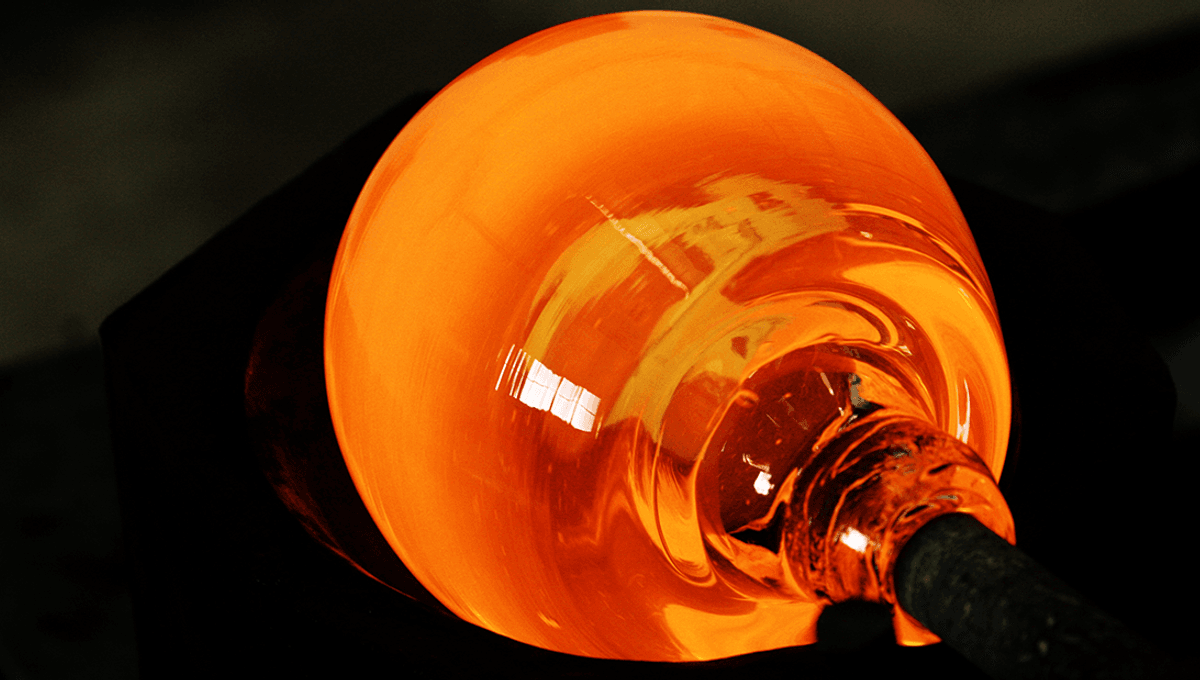
A study on the movement of molecules within glass has found something pretty astonishing, assuming that the results can be replicated. Processes within glass, as well as a few other materials with similar properties, appear to be time-reversible, potentially telling us something interesting about the second law of thermodynamics.
Have you ever noticed, while walking down a beach, that the wind never whips the sand into the specific shape of the Taj Mahal or Danny DeVito? Or that when you’re sitting in a room the atoms that make up the air never clump together in the corner, leaving you to die in the oxygen-less environment of a slightly different part of the room?
These things never happen, and it’s all thanks to the one law that seems to reign supreme, known as the second law of thermodynamics. Simply put, everything tends toward disorder. Heat flows from hot areas to cold areas, and in an isolated system, entropy – the measure of disorder within a system – can only increase.
Just about all physical laws are time reversible, from the Schrödinger equation to Newton’s laws of classical mechanics. Play them back in reverse, and they will look the same either way. But the second law of thermodynamics is different, and shows us an arrow of time. If you see a system heading towards disorder, you can bet your bottom dollar that it is going forward in time. You cannot un-cook an egg.
This is why it’s so weird that, inside glass and a few other similar materials studied, this defining arrow of time does not appear to be there, or at least looks the same in both directions.
In glass and plastic, though they may look solid, the molecules within are able to move around and seek more favorable energetic states. These rearrangements can affect their properties, making the study of this process worthwhile for manufacturing. In the study, researchers attempted to look at the physical aging of glass.
“In contrast to degradation involving chemical reactions as in corrosion, physical ageing involves changes of material properties that are caused exclusively by molecular rearrangements,” the team explains in their study. “Non-crystalline materials such as ordinary glass, polymers and metallic glasses are all subject to physical ageing because the glassy state relaxes continuously towards a state of metastable equilibrium.”
This change takes far too long to be observed by humans. However, the aging of glass can be studied using the concept of “material time”. In this concept, time within materials ticks differently depending on how long it takes the molecules within a material to rearrange themselves.
“The material time may be thought of as time measured on a clock whose rate changes as the glass ages,” the team explains. “Conceptually, this is analogous to the proper-time concept of the theory of relativity, the time measured on a clock following a moving observer.”
To study this, the team pointed a laser at a sample of glass, monitoring it closely with a state-of-the-art camera. As the light hit the molecules, it scattered, and the team was able to then statistically analyze the patterns of light and dark to determine how fast the material’s molecules rearrange themselves, or how fast the material’s time ticks by.
And here’s where they found something really weird. The fluctuations of the molecules within glass, and the other materials studied so far, appear to be time-reversible. Play it backward, and it would look the same.
“However, this does not mean that the ageing of materials can be reversed,” study author Till Böhmer of the Institute for Condensed Matter Physics at the Technical University of Darmstadt stressed in a statement. Glass still ages, and the aging process happens over glass’s long, slow material time.
Some resulting questions from this study include whether this time reversibility is present in other materials, how much their internal clock differs, and also “what the hell?”
“Our results give rise to a number of questions,” the team added in their study. “Whether material time reversibility is a universal characteristic of ageing; whether it is possible to formulate generalized fluctuation–dissipation relations based on material time instead of laboratory time, possibly on a coarse-grained level, and if so, how this would relate to the effective-temperature concept introduced long ago for the description of ageing; whether material-time reversibility reflects the reversibility of the fundamental laws of physics and thereby connects to the fluctuation theorem that quantifies a consequence of microscopic time reversibility.”
The team hopes to explore these questions further with different material. Weird and exciting results may soon follow.
The study was published in the journal Nature Physics.
An earlier version of this story was published in 2024.
Source Link: Time's Arrow Within Glass Appears To Go Both Ways, Raising Huge Questions